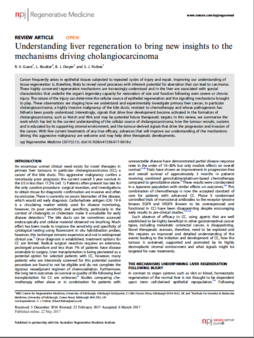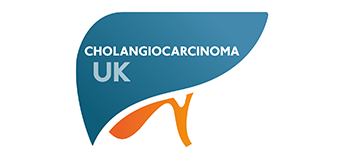New insights to the mechanisms driving cholangiocarcinoma
An enormous unmet clinical need exists for novel therapies in cholangiocarcinoma (cancer of the bile ducts). This disease has a poor prognosis; patients often present too late for the only curative procedure – surgical resection, and investigations to obtain tissue for diagnostic confirmation are invasive and often inconclusive. There is currently no serum biomarker of the disease, which would aid early diagnosis.
Once diagnosis is confirmed, treatment options are limited. Radical surgical resection is potentially curative, but few patients have disease amenable to surgery. Chemotherapy (Gemcitabine/Cisplatin) is the accepted standard of care for those patients with advanced inoperable cholangiocarcinoma.
Clinical studies looking at EGFR and VEGFR (known to be overexpressed and functional in cholangiocarcinoma) have been disappointing, despite encouraging early results in pre-clinical studies.
This is the background that led a team of researchers in Edinburgh to believe that novel therapeutic avenues need to be explored, and that this would require an improved and detailed understanding of the events leading to the initiation and development of cholangiocarcinoma.

Miss Rachel Guest, Clinical Lecturer and Honorary Specialty Registrar in General Surgery – University of Edinburgh.
Miss Rachel Guest – with the team from MRC Centre for Regenerative Medicine, University of Edinburgh: Dr Luke Boulter, Dr Ben Dwyer and Professor Stuart Forbes – has now carried out an extensive review of the work which has led to the current understanding of the cellular source of cholangiocarcinoma, and this has just been published in NPJ (Nature Partner Journals) Regenerative Medicine¹:
“Understanding liver regeneration to bring new insights to the mechanisms driving cholangiocarcinoma”¹
In this review, Rachel Guest and the Edinburgh team summarise the work which has led to the current understanding of the cellular source of cholangiocarcinoma, how the tumour recruits, sustains and is educated by its supporting stromal environment, and the tumour-derived signals that drive the progression and invasion of the cancer. In particular they looked at work that investigated:
• The mechanisms underpinning liver regeneration following injury
• Defining the cell or origin in cholangiocarcinoma
• Drivers of the cell identity in liver development and regeneration drive
• cholangiocarcinoma: Notch, Yap and Wnt
• Inflammation, fibrosis and repair: the tumour stroma
• How novel data will help overcome challenges in the field of cholangiocarcinoma
To read the published article in full, click here
The Review Summary
Recent rapid process has been made in understanding the signals driving cholangiocarcinoma. These have often been the same signals that have been described in bile duct development and regeneration following injury such as Wnt and Notch.
The clarification of the potential for hepatocytes and cholangiocytes to act as the cell of origin for cholangiocarcinoma has opened the pathway to understand further the drivers for cholangiocarcinoma. There has been an increasing recognition that the tumour stroma is an important component of the cholangiocarcinoma, providing trophic signals to the epithelial cancer and potentially providing resistance to chemotherapy.
Understanding the signals and mechanisms that drive cholangiocarcinoma will help the development of novel therapies and importantly the development of personalised therapy for cholangiocarcinoma.
The next few years are likely to see continued progress into the diagnosis and treatment of cholangiocarcinoma, information that is greatly needed for this devastating cancer.
¹ npj Regenerative Medicine 2, Article number: 13 (2017) doi:10.1038/s41536-017-0018-z
https://www.nature.com/articles/s41536-017-0018-z
June 2017








